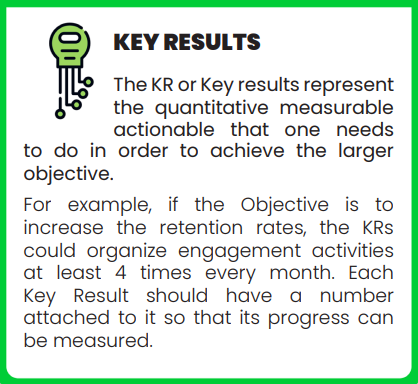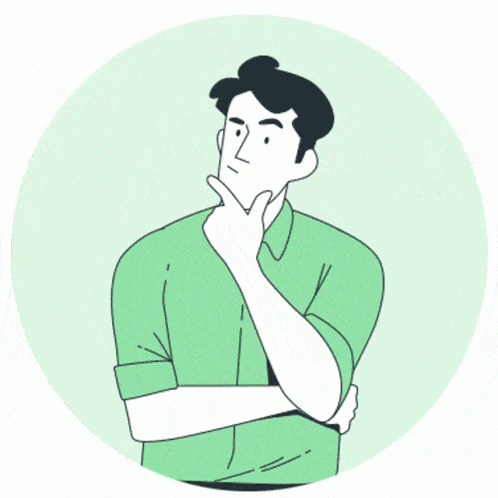The business world has witnessed a massive shift in the working culture post-pandemic. With the introduction of new working cultures like remote working and hybrid working, businesses need to find a way to adapt to these changes. While many business leaders were able to adopt and grow their businesses, many others failed to run their businesses.
Goal setting is the most important component of any business. Whether you are a small start-up looking to grow your business or a large enterprise, implementing a proven goal setting method is the best way to ensure success. However, the problem is that many organizations tend to set goals but do not have a clear way of measuring the results.
Many leaders come up with ideas to grow their businesses, but they struggle to track the results along the way. As a result, they fail to align their employee’s efforts towards the bigger goals.
Objective and Key Results is a popular goal-setting framework that most successful business leaders use in their organizations. This goal-setting methodology is designed to set ambitious goals for your organization and keep your teams aligned by using measurable targets. Leveraging the OKR framework can help organizations bridge the gap between setting and executing goals while measuring results.
The framework helps improve productivity at the workplace, brings transparency in goal-setting, and aligns your team’s efforts toward organizational Objectives.
This e-book aims to discuss the benefits of OKR and how organizations of any size can leverage this framework in their business operations to achieve results. In addition, you will also learn about the characteristics of goods Objectives and Key Results, along with examples. Finally, after reading this e-book, you can create OKRs for your business and apply them in your daily business operations.


OKR is a goal-setting strategy used by organizations of all sizes to set, track, and evaluate their goals. The framework is designed to help organizations achieve their ambitious goals and manage the employee’s performance. It is a simple approach that helps teams to focus on important things, increase transparency, build ownership, and align everyone toward organizational objectives.
The essence behind OKR is pretty simple: break down the objectives by assigning clear goals and evaluating them to measure results. It comprises two components – “Objectives” and “Key Results”.

One of the major benefits of using the OKRs framework is that it helps to focus by limiting the number of objectives assigned. Based on the roles and responsibilities, an employee is assigned a certain number of objectives. Since employee has only a limited number of things, they are able to focus more on those objectives. You can start by identifying the most important task for the next three months.
This goal-setting method measured in comparison to time is what makes OKRs more successful than other goal-setting methods. Organizations can emphasize a handful of initiatives that actually make a difference in the growth of the company.
Ideally, you should start by setting objectives quarterly. Three months is enough time to assess whether the objectives are contributing to the growth of the company or not. This also gives your the flexibility to change the goals accordingly.
The lack of alignment and direction between team goals and organizational goals is one of the major issues that most organizations face. If employees are not working towards the same company goals, they are slowing down the organization. The OKRs framework can help in building team alignment and give direction toward one goal.
Managers and leaders set the companywide objectives, and based on those objectives, each team/department sets their own OKRs. This also enables the teams to collaborate and engage in working towards one larger organizational goal. Thus, as the employee achieves their personal OKRs, the company’s objectives are automatically accomplished.
The OKRs are set according to the role and responsibilities of an employee. This allows individuals to take ownership of achieving the OKRs to move the company towards growth further. You cannot assign accountability and ownership; it naturally comes when the individual is trusted to do his work.
Therefore, it is essential that team members and management should collectively work together in setting up ambitious goals. This ensures that employees are aware of the role they play in achieving the company’s goals. As a result, employees feel more valuable and take ownership of their work.
Transparency and team alignment go hand-in-hand. You cannot expect to align your employees if there is no transparency in goal setting. Therefore, transparency is one of the key features of any OKR framework. In most organizations, OKR are visible to everyone in the company regardless of any hierarchy or department. This allows everyone to overview which employee is achieving their targets and which employee needs guidance to meet their goals.
Furthermore, it also contributes to communication and engagement across different departments as all employees are aware of their peer’s OKR. In addition, it also provides a platform for employee recognition as OKR are updated week after week. Thus, OKR contributes to healthy work relationships by building transparency across the organization.
One of the major reasons why global enterprises rely on the OKRs framework is that it is extremely easy to track and assess your goals. Every Objective has 3-5 “Key Results,” which are the measurable outcomes that determine the success of an Objective.




























